High-end Mopar feature cars were thin on the ground back in the early days of Street Machine, so Chrysler-philes rejoiced in our story on Graham Schild’s twin-turbo VJ Valiant Charger in the March ’88 issue. While turbo V8s are common these days, they were a rarity in that era.
This article was first published in the August 2020 issue of Street Machine
“The turbo thing came about when someone told me that I couldn’t do it,” says Graham. “That was it!”
At the time, Graham was a 24-year-old maintenance fitter for Coca-Cola, and he built the suck-through-style turbo set-up from scratch. “The turbo pipes were made from heavy-duty exhaust pipe, with brackets on the heads to support the weight,” he says. “The internal-wastgate turbos came from AIT. We reasoned that if one of their units was enough for a 4.1-litre six, two of them would be fine for a V8. They were probably a bit small, but it made the car very drivable.”
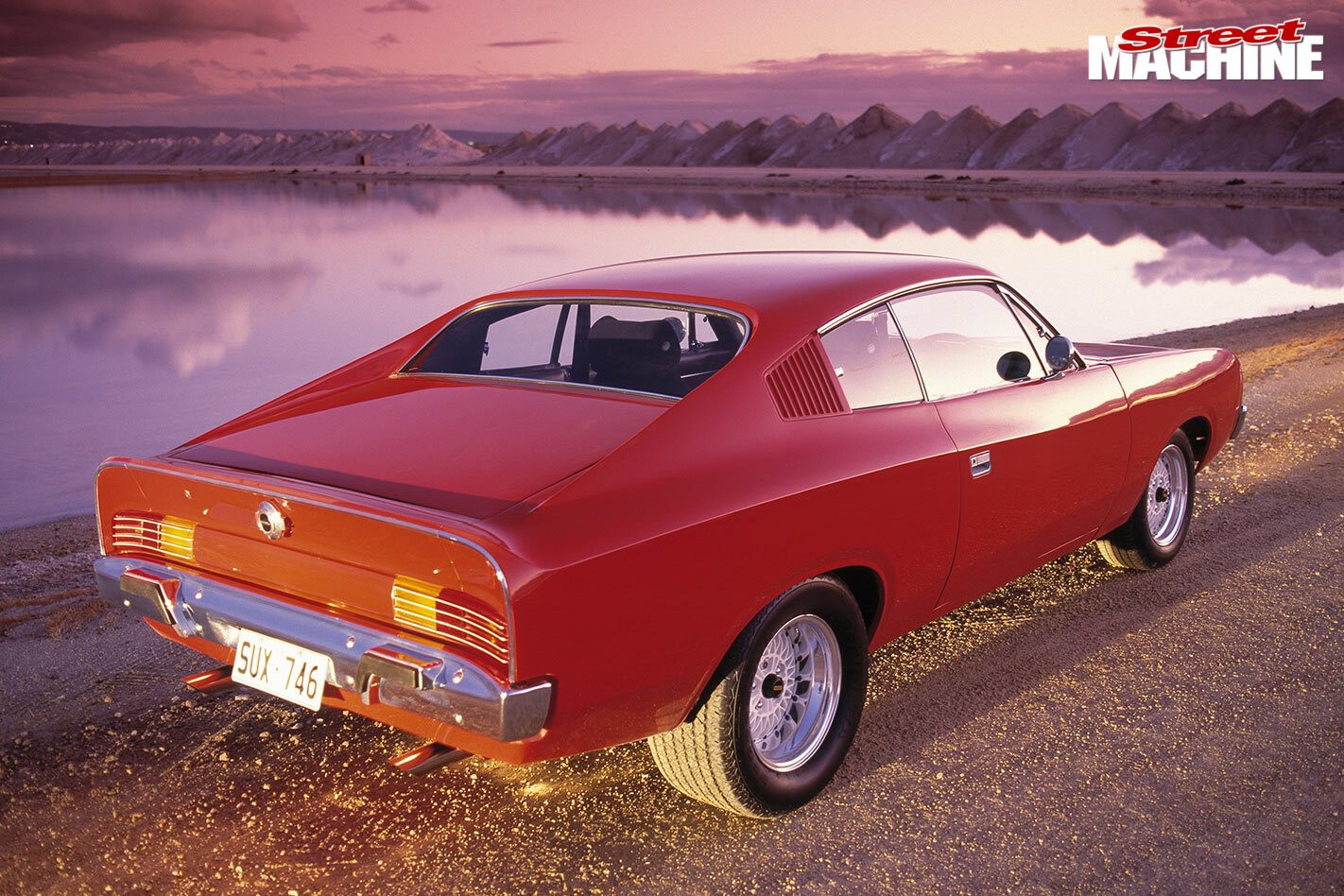
Each huffer was fed by a 600 Holley and sent 12psi through Graham-fabbed stainless intake pipework and plenum. The 340 V8 itself was built by drag racer Jeff During using all the best bits of the Direct Connection catalogue – and a set of boost-friendly 7.1:1 TRW pistons.
How good are the chromed diff housing and fuel tank straps? Man, the 80s were great
Backed by an ever-trusty 727 trans and nine-inch diff, the quality finish and innovation of Graham’s Charger – not to mention its SUX746 number plates – made it one of our most memorable Mopar feature cars.
“It’s a bit slow off the mark, but on the open road it runs amok – it’s wild,” Graham told SM back in the day. “If I want to stun somebody, I take ’em for a blast on the open road. Even with a 3.89 diff, it’s good for about 140mph.”
“I did the turbo conversion after the car was painted,” says Graham. “I didn’t want to cut anything, which is why the exhaust goes over the top of the motor. I added some bonnet vents after the photoshoot and that solved any heat issues”
At the time of our story, Graham had run a best of 12.9 seconds in full street trim and was planning to sell the Charger and purchase a four-speed/440-equipped 1970 Plymouth ’Cuda – but things turned out a little differently. Graham did buy the ’Cuda, but ended up sticking with the Charger, too.
Maximum cool points for the Hurst Lightning Rods shifter, which remains in the VJ to this day. The rest of the interior was trimmed in grey and black velour to match the Recaro bucket seats
“I kept racing the Charger and got it down to running flat 11s at 125mph at AIR on pump fuel,” he says. “I kept updating the car, including a ladder-bar set-up that incorporated the leaf springs. That worked well; it really hooked up. Of course, I wanted more, so we redid the engine with more static compression. First time out, it went 8500rpm in the burnout and lifted the nose two feet in the air on the launch. The meeting ended with two rods out of the block, so I sold off the turbo gear and built it up as a full drag car.”
Graham converted the Charger to a full-chassis, Wild Bunch-style car years ago, but life and the lack of racing in Adelaide has meant he has yet to make a pass. In place of the twin-turbo mill is a blown 484ci Max Wedge beast, topped by a 14/71 blower and a Bird Catcher hat. Aside from the four-link, Graham fabbed the lot and painted it, too!
While the revamped Charger is yet to turn a wheel in anger on the track, it is ready to go when inspiration strikes.
And what about the ’Cuda? “Yep, I’ve still got that one,” Graham confirms. “It turned out to be a matching-numbers 440 six-pack car!”

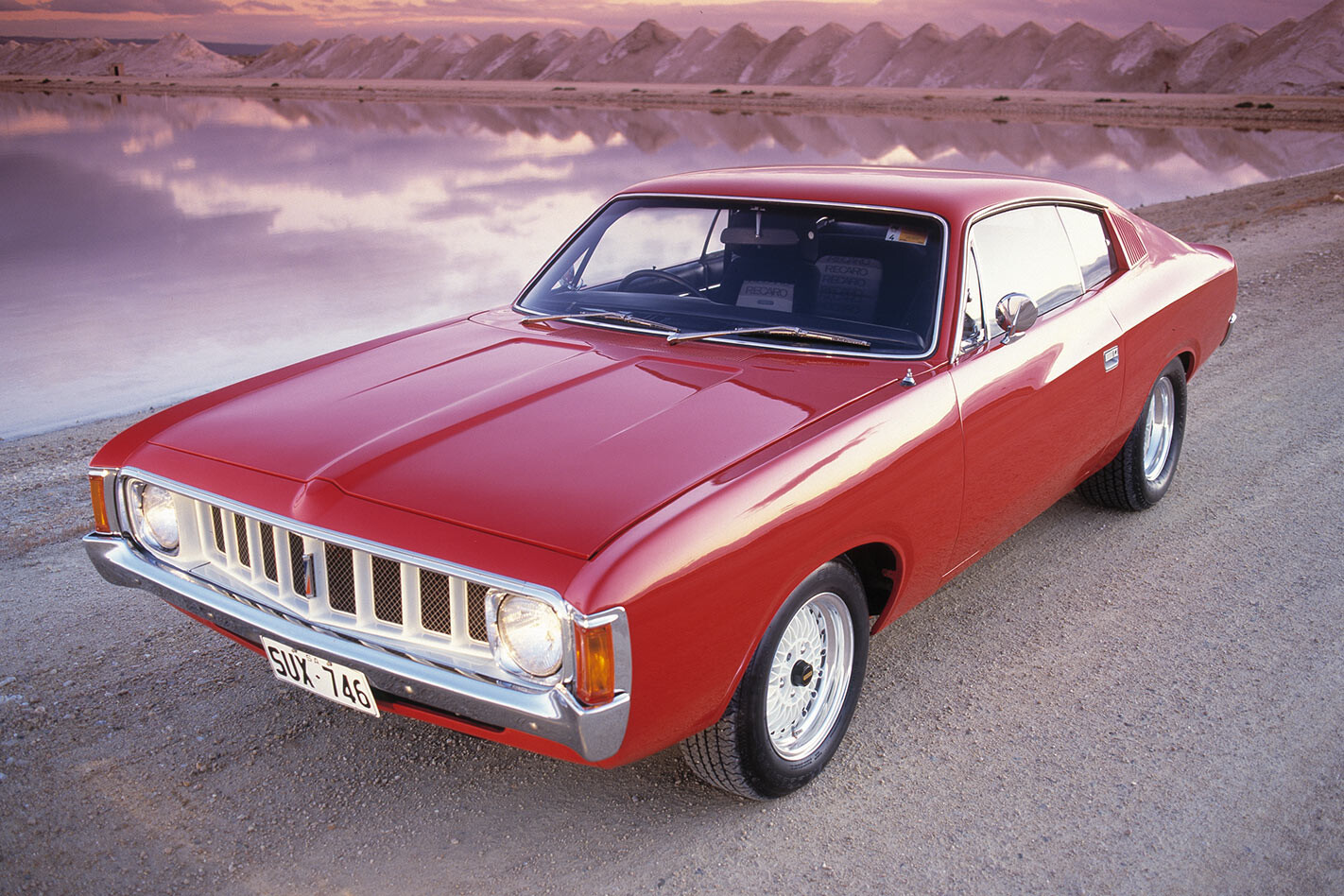
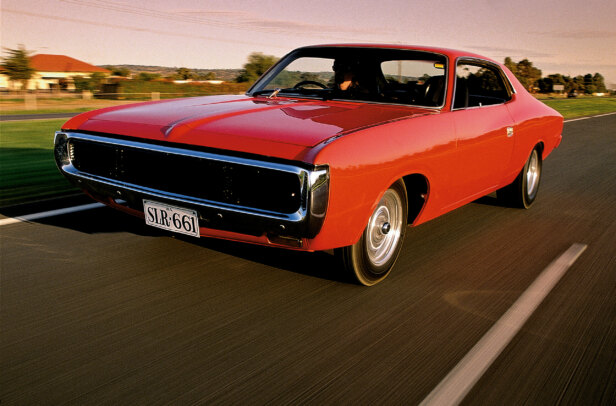
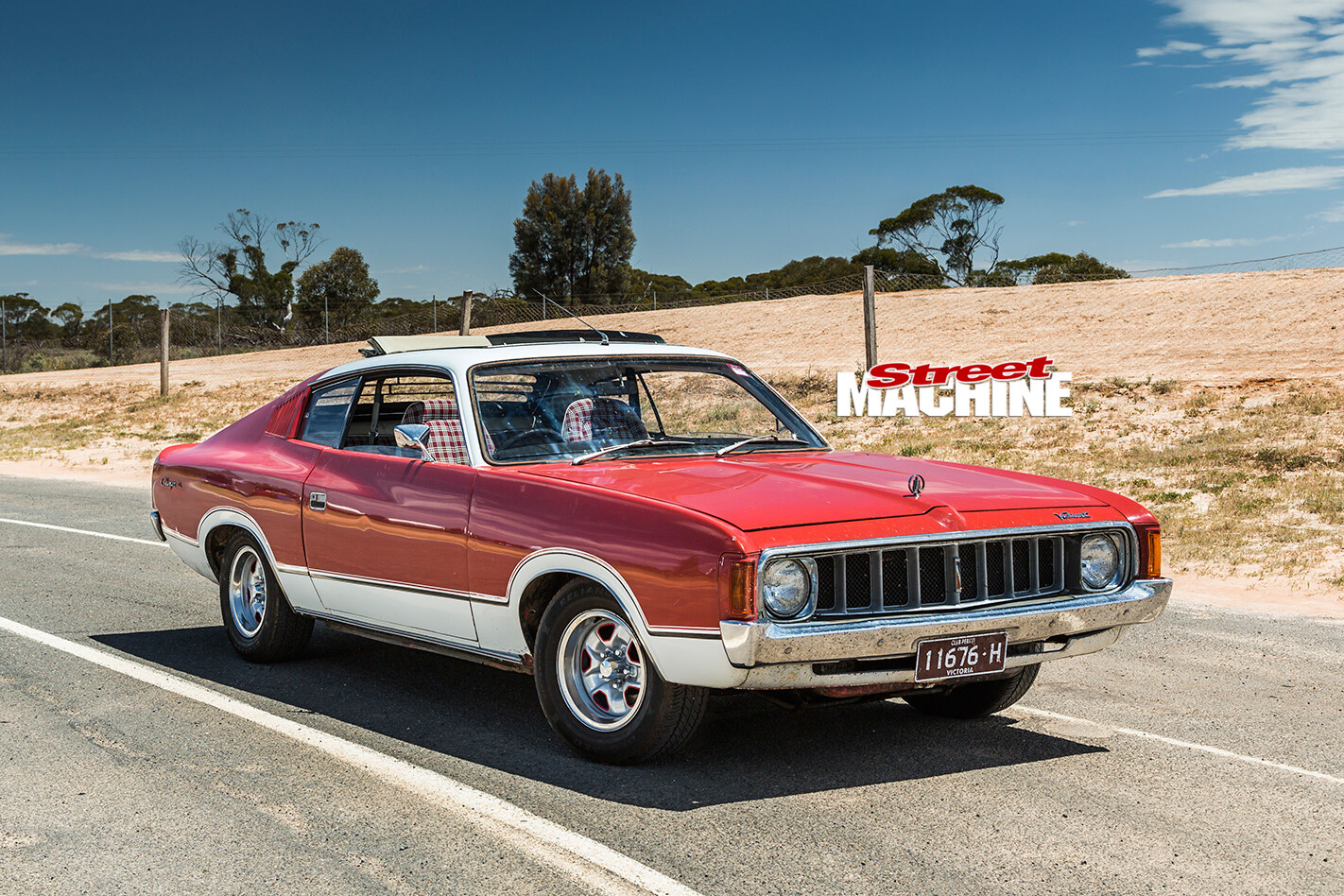
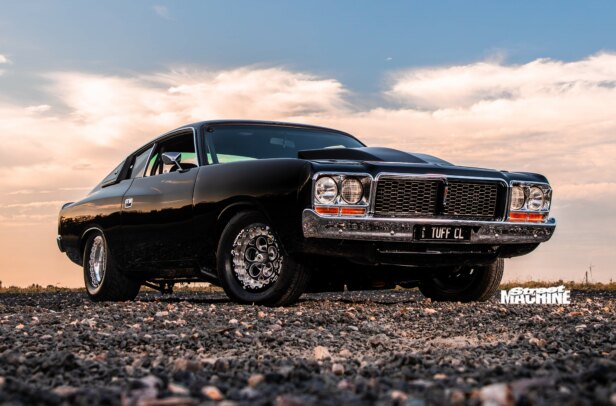
Comments